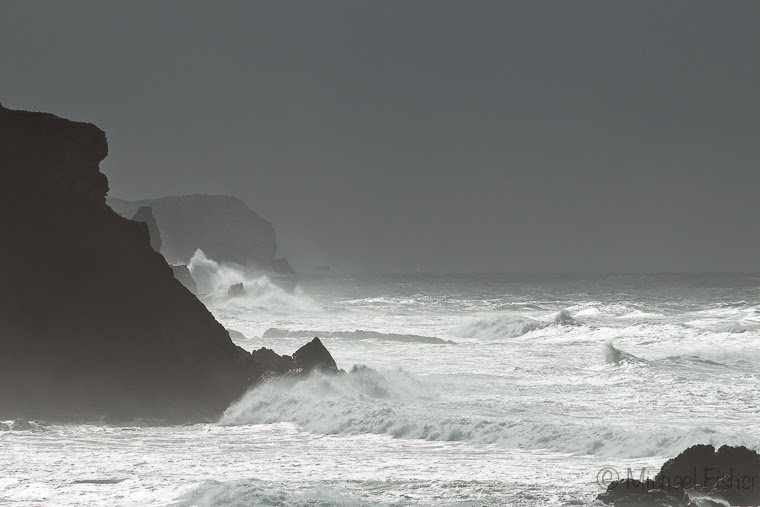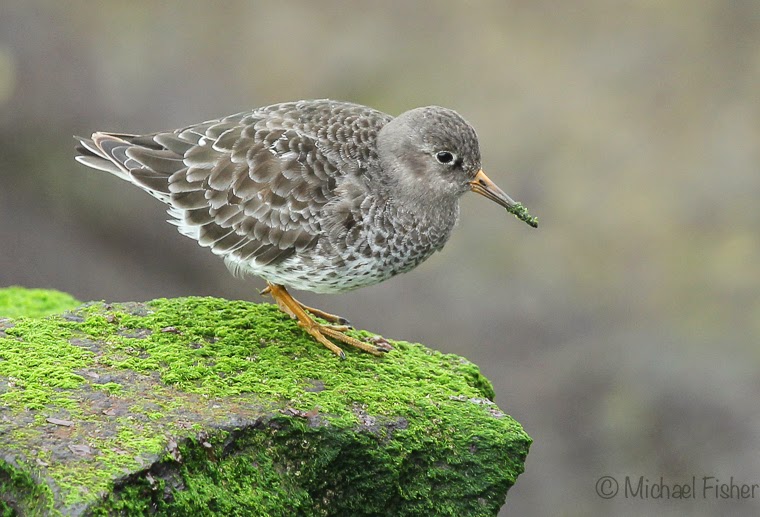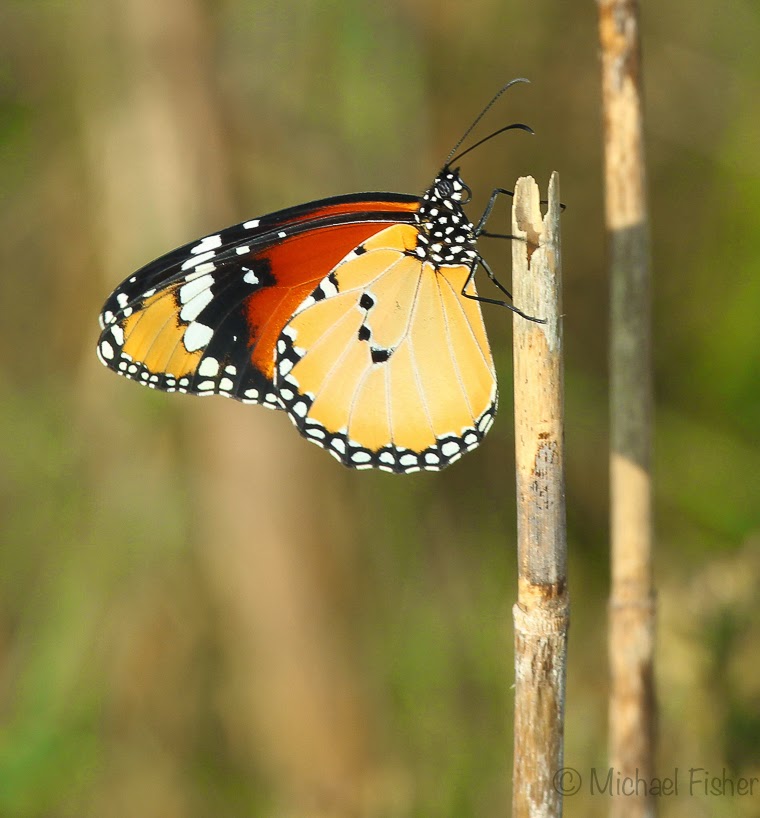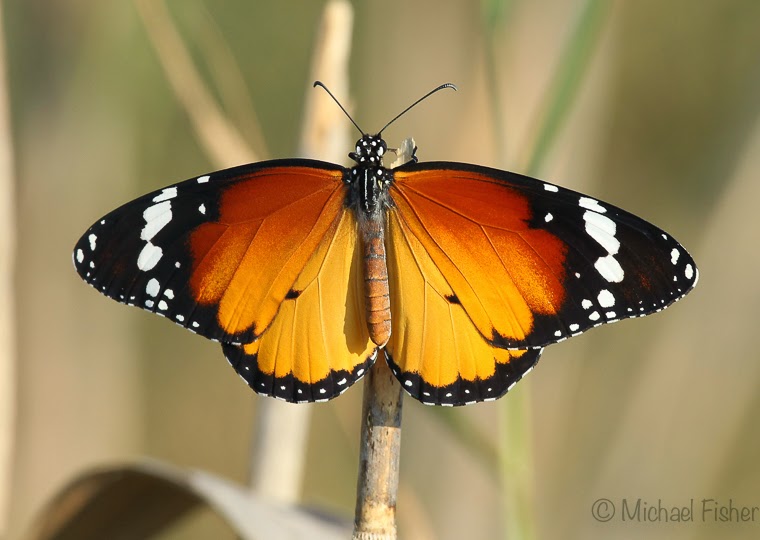The storms of yesterday seem to have abated, the morning bright, we take an early morning walk across the cliffs. The scrub bushes are full of Sardinian Warblers as the breeding season is underway here. The male birds busy attracting the attention of female species to possible nest sites.
With a good appetite we breakfast, and prepare for our onward journey up the coast.
A cheeky looking male Sardinan warbler.
They perch on the tallest branches and call to females.
Further up the Atlantic coast we stop at Praia de Monte Clerigo.
Above the village of Monte Clerigo, there is a lovely track that you can drive along and admire the rock formations.
Along this section of coast line the cliffs reflect the geological convulsions they have gone through. The layers of schists, occasionally sloping steeply then horizontally and here worn down by the sea, are forming such interesting patterns at low tide.
Having a coffee, admiring the view.
The view and our route Northwards.
Pedra da Agulha ('Needle Rock") at Arrifana. A slim pinnacle of rock polished over time by the sea, and pointing skywards.
At Almograve we drop down to the Praia Grande. The cliffs much lower here. This will be our view for the evening.
There is still some time left to explore.
Linda heads out over the unspoiled sands.
The sand dunes behind the cliffs harbour many endemic plant spices. You can observe the tracks of ocellated lizard and the smaller spiny-footed lizard imprinted in the sand.
This shows the layers of the schists, which are course grained rock made of layers of
different minerals and can be split into thin irregular plates.
Another day over.
Onwards and we reach the Rio Mira and Vila Nova de Milfontes.
Vila Nova de Milfontes is an attractive town and gives the impression of being
"far from the madding crowd"
It is said that Hannibal and his Carthaginians sheltered in the little port here during a storm.
Here, just to the north of Porto Covo, the natural park ends. To the north the deep water port and refineries of Sines.
Here you get the feeling of man's presence, huge container ships and oil tankers. We will leave this corner of the park to the gulls and head for the cereal growing steppe lands of the Alentejo and
Castro Verde.
Goodbye Yellow legged gulls and the coast.























































